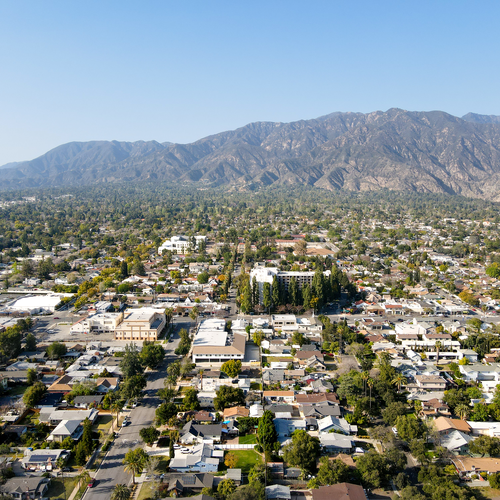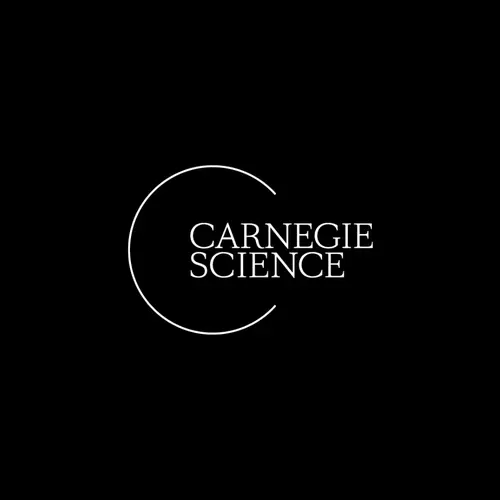The Path to Pasadena
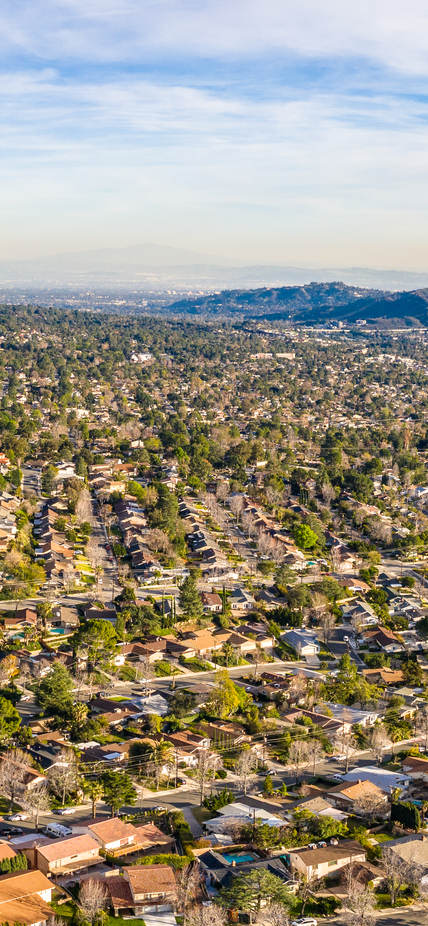
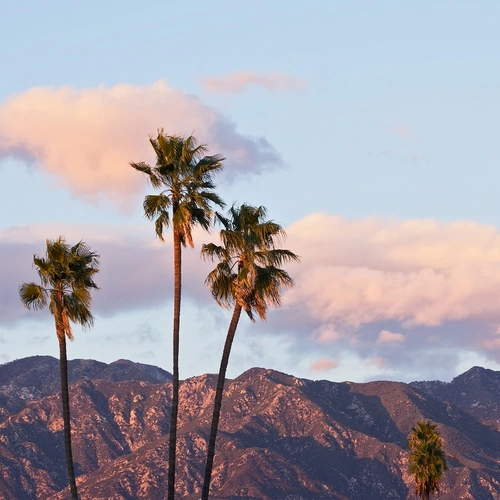
A Partner in Pasadena
Understanding that the future of the scientific enterprise is interdisciplinary and collaborative, we have formed a new alliance with Caltech, which will open many opportunities for breakthrough research between our two institutions. This partnership builds on our shared history in astronomy and astrophysics and will enable us to make a decisive investment in the global fight against climate change by consolidating our life and environmental science research into a single location. To meet this grand challenge, we will be leaving our campuses in Baltimore and Palo Alto and moving our departments of Embryology, Global Ecology, and Plant Biology to Pasadena.
In the News
Caltech and Carnegie Science Announce Partnership to Advance Life, Environmental Sciences Research
Carnegie is coming to make an even bigger science splash in Pasadena
Governor Newsom Budgets $20 Million For New Carnegie Life And Environmental Science Research Facility In Pasadena
Project Timeline
In 2020, Carnegie Science decided to bring together its developmental biology, ecology, and plant science research efforts into a unified, interdisciplinary division where our experts will study the natural world at every scale, from the molecular to the global. This groundbreaking work will occur in a state-of-the-art research facility in Pasadena. Until this new building is completed, our experts will remain geographically dispersed, but our scientific vision is unified.
Timeline
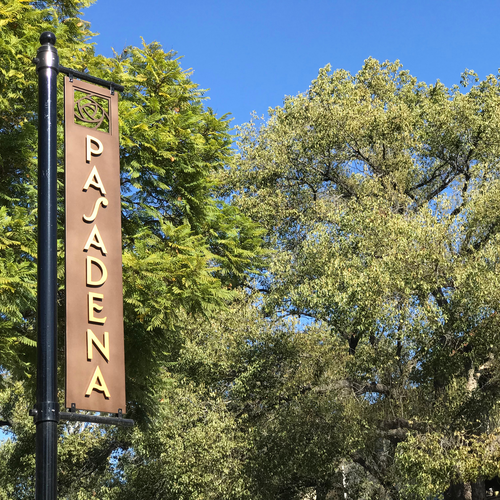
Carnegie announces that the Departments Global Ecology and Plant Biology will relocate from Stanford to Pasadena as part of an enhanced alliance with Caltech and and effort to make a decisive impact in climate research.
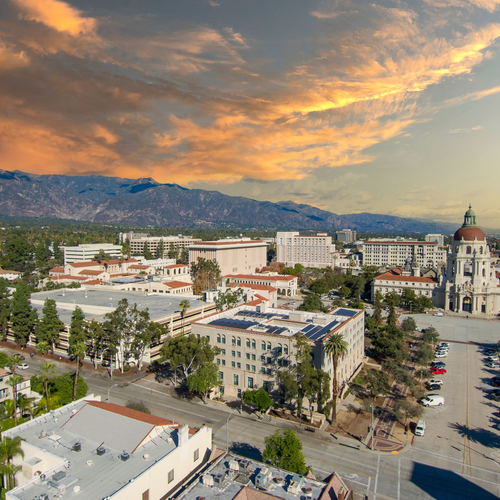
Carnegie convenes Building Committee to evaluate needs for new facility in Pasadena.
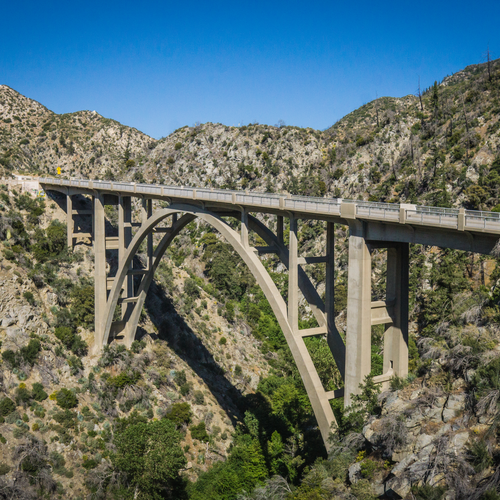
The search for the new division director is launched.
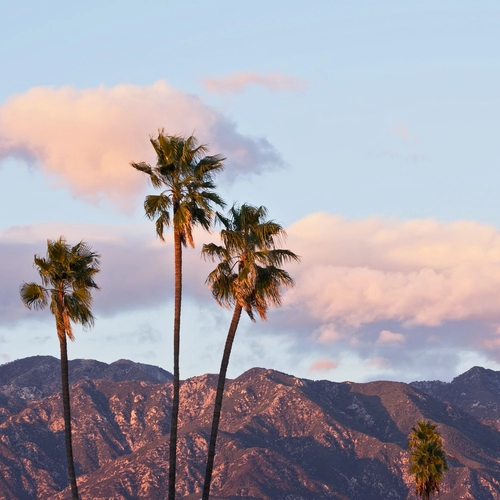
Carnegie determines that the Department of Embryology will also relocate to a new facility in Pasadena that house an integrated, interdisciplinary division for life and environmental sciences, further strengthening our partnership with Caltech.

Margaret McFall-Ngai named inaugural Director of Carnegie’s new division for integrated life and environmental sciences.
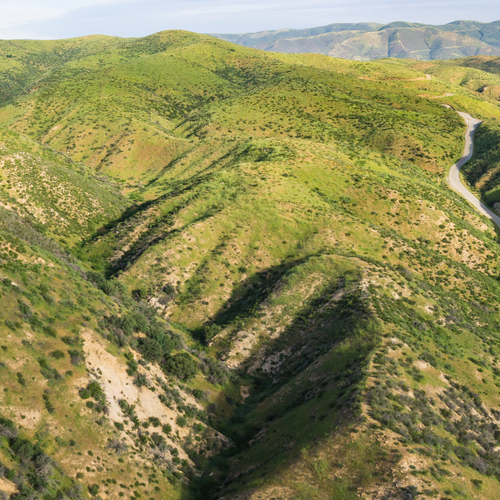
Biosphere Sciences and Engineering selected as the name for Carnegie’s newly launched division for a genomes-to-ecosystems approach to the biological sciences.

Stephanie Hampton joins Institution as Deputy Director of Carnegie's Division of Biosphere Sciences and Engineering.
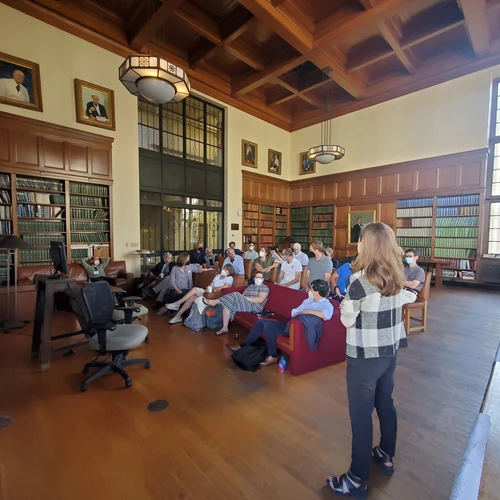
Inaugural BSE retreat brings Staff Scientists, Staff Associates and others together in Pasadena to discuss the research vision and goals.

New Carnegie-Caltech partnership agreement signed. The intention to pursue an expanded partnership between these two elite research organizations was first announced in March 2020 and has been in development since that time.
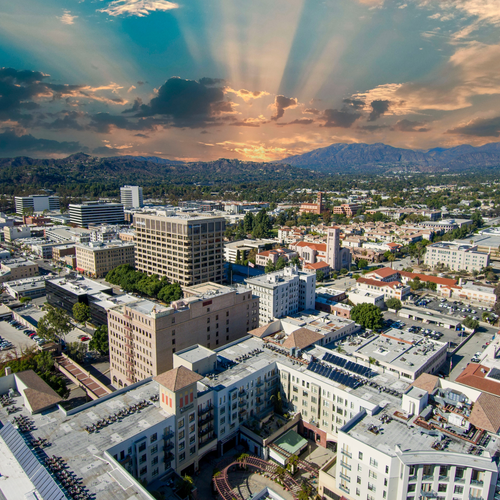
Relocation Committee convened to collect and evaluate information on scientific needs for research space
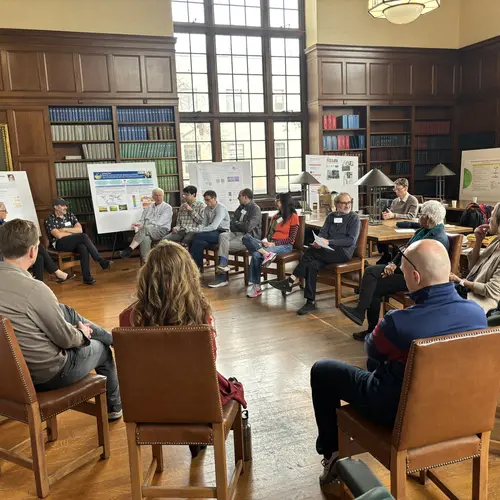
Second BSE staff retreat brings researchers together for visioning exercises and tours of possible research sites.
